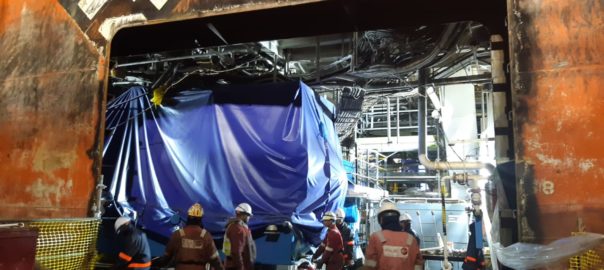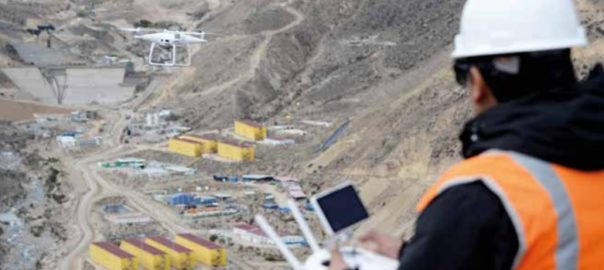Seven leading mining and metals companies have partnered with the World Economic Forum (WEF) to experiment, design and deploy blockchain solutions that will accelerate responsible sourcing and sustainability practices, the WEF reports.
The Mining and Metals Blockchain Initiative will pool resources and cost, increase speed-to-market and improve industry-wide trust that cannot be achieved by acting individually, according to the forum.
“It aims to be a neutral enabler for the industry, addressing the lack of standardisation and improving efficiency,” WEF said, adding that the intention was to send out a signal of inclusivity and collaboration across the industry.
Among the seven companies represented in this initiative are Antofagasta Minerals, Eurasian Resources Group, Glencore, Tata Steel Limited, De Beers and Anglo American.
The group will look to develop joint proof-of-concepts for an inclusive blockchain platform, which, over time, could help the industry collectively increase “transparency, efficiency or improve reporting of carbon emissions”, it said.
The WEF explained: “In many cases, blockchain projects to support responsible sourcing have been bilateral. The result has been a fractured system that leaves behind parts of the ecosystem and lacks interoperability.”
The new initiative is owned and driven by the industry, for the industry, according to the WEF, with members examining issues related to governance, developing case studies and establishing a working group. Key areas of collaboration and development could include carbon emissions tracking and supply chain transparency.
“They will work to use blockchain technology to increase trust between upstream and downstream partners, to address the lack of industry standardisation and to track provenance, chain of custody and production methods,” it said.
Jörgen Sandström, Head of the Mining and Metals Industry at the WEF, said material value chains are undergoing profound change and disruption. “The industry needs to respond to the increasing demands of minerals and materials while responding to increasing demands by consumers, shareholders and regulators for a higher degree of sustainability and traceability of the products.”
The WEF has offered its platform and expertise to help industry leaders better understand the impact and potential of blockchain technology, it said. “It will provide guidance on governance issues related to the delivery of a neutral industry platform and the expansion of members.”
The move was welcomed by industry partners, including Ivan Arriagada, CEO of Antofagasta Minerals: “We hope this collaboration and pilot will give us practical examples of how blockchain can increase efficiency of the supply chain management and improve interoperability; address certain supply chain management risks such as transparency and consumer trust; and unlock opportunities including integration of key data such on environmental impact such carbon emissions.”
Benedikt Sobotka, CEO of Eurasian Resources Group, meanwhile, said the collaboration around blockchain technology would help industry efforts to enhance responsible sourcing. “By working together, our goal is to develop solutions that can be adopted across the industry and value chain,” he added.
Ivan Glasenberg, CEO of Glencore, said the development of this technology can facilitate industry reporting to improve compliance across the supply chain.
TV Narendran, CEO of Tata Steel, said: “As a responsible player in the mining and metals industry, we are committed to build a sustainable future.”
Jim Duffy, CEO of Tracr (representing Anglo American/De Beers), said the company looked forward to collaborating with the consortium as Tracr begins to roll-out its connected supply chain platform for the diamond industry. “Lessons learned creating Tracr are highly relevant to the sustainable sourcing of all mining and metals,” he added.










